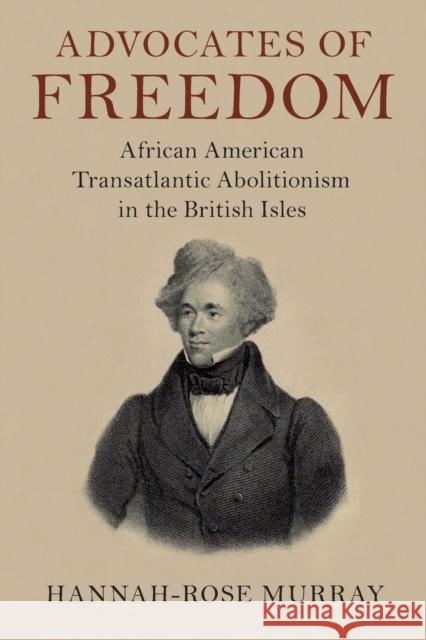Advocates of Freedom: African American Transatlantic Abolitionism in the British Isles » książka
topmenu
Advocates of Freedom: African American Transatlantic Abolitionism in the British Isles
ISBN-13: 9781108720410 / Miękka / 2023 / 387 str.
Advocates of Freedom: African American Transatlantic Abolitionism in the British Isles
ISBN-13: 9781108720410 / Miękka / 2023 / 387 str.
cena 112,76 zł
(netto: 107,39 VAT: 5%)
Najniższa cena z 30 dni: 111,45 zł
(netto: 107,39 VAT: 5%)
Najniższa cena z 30 dni: 111,45 zł
Termin realizacji zamówienia:
ok. 22 dni roboczych
Bez gwarancji dostawy przed świętami
ok. 22 dni roboczych
Bez gwarancji dostawy przed świętami
Darmowa dostawa!
A transatlantic study focusing on African American resistance through unexplored oratorical and performative testimony in the British Isles.











